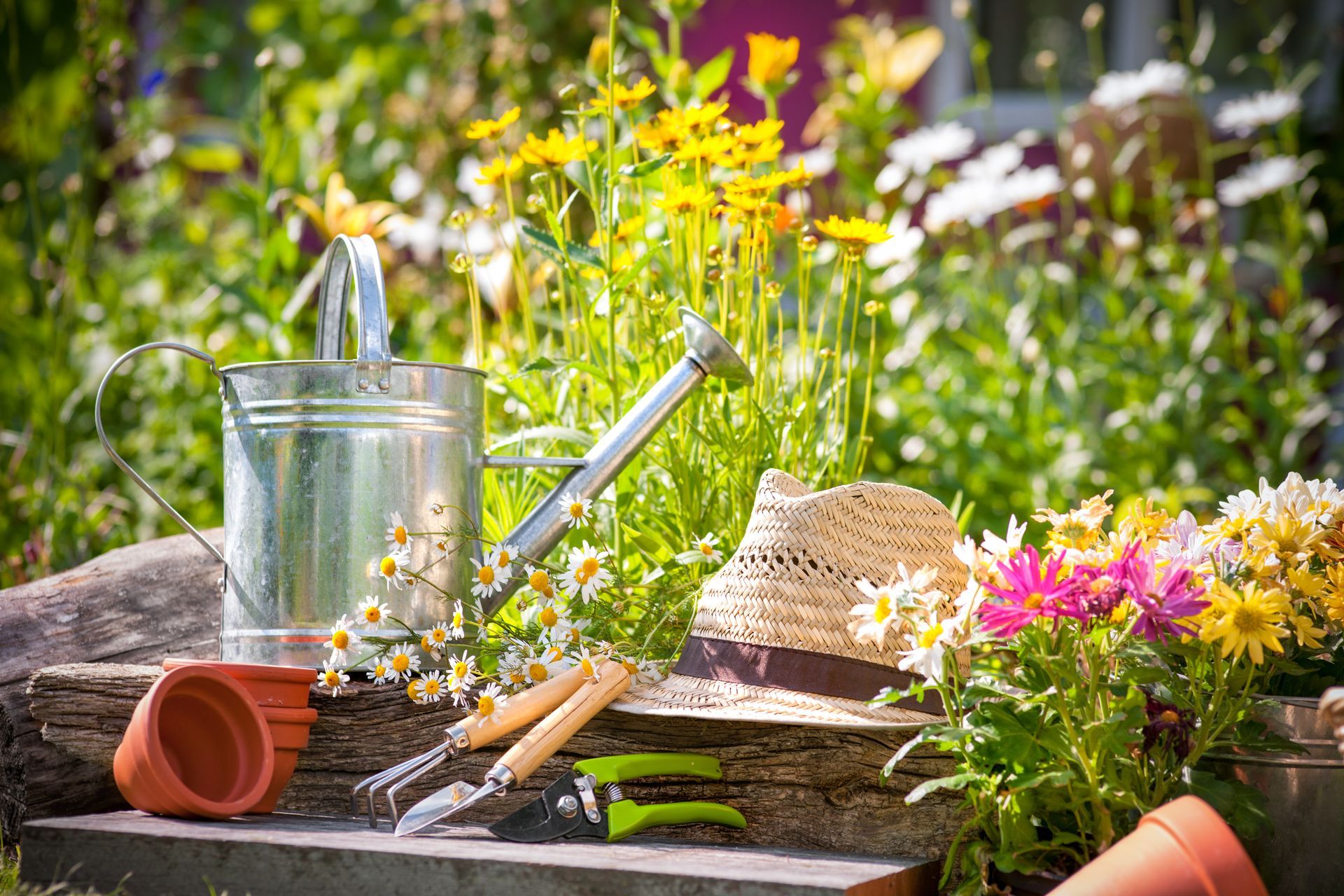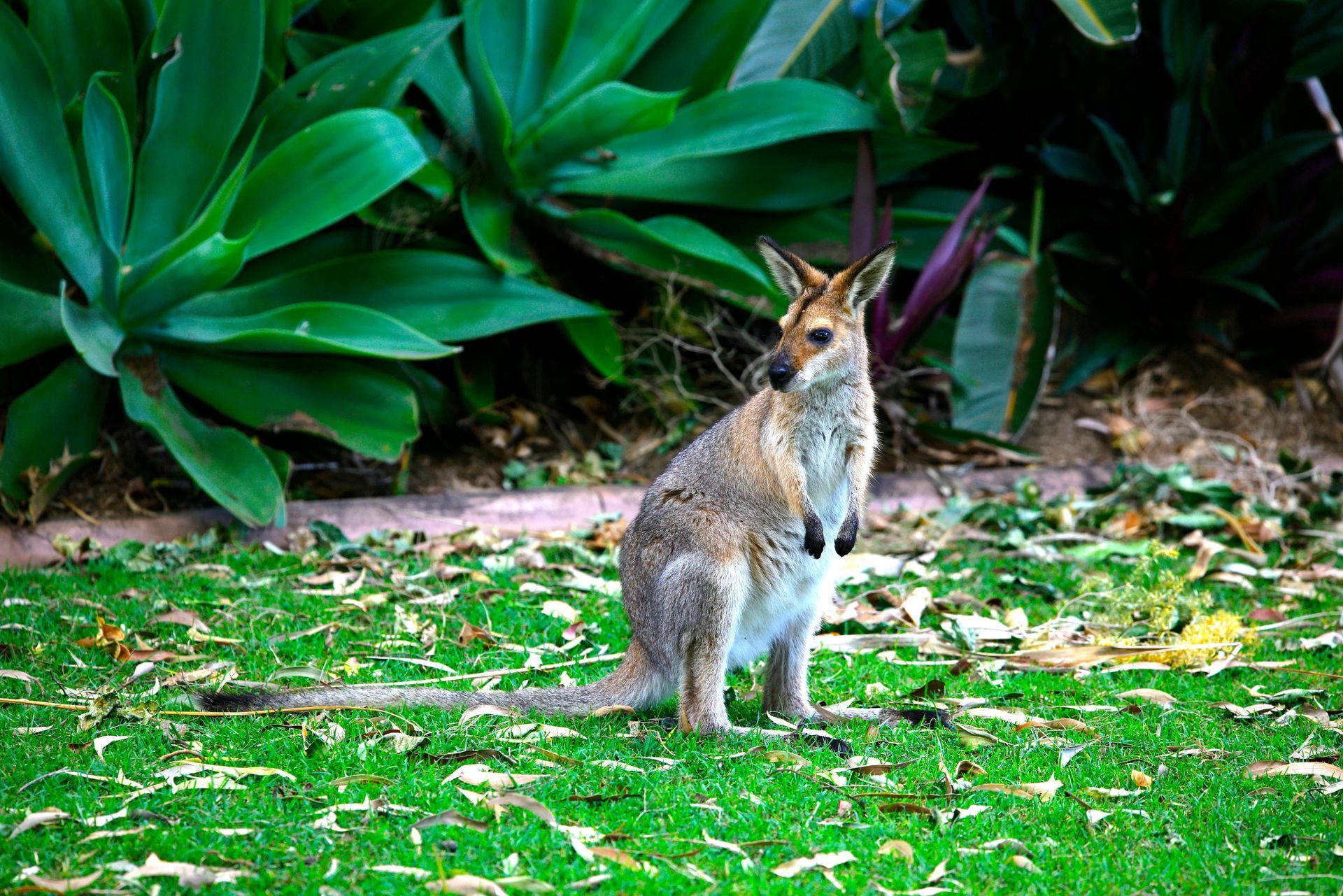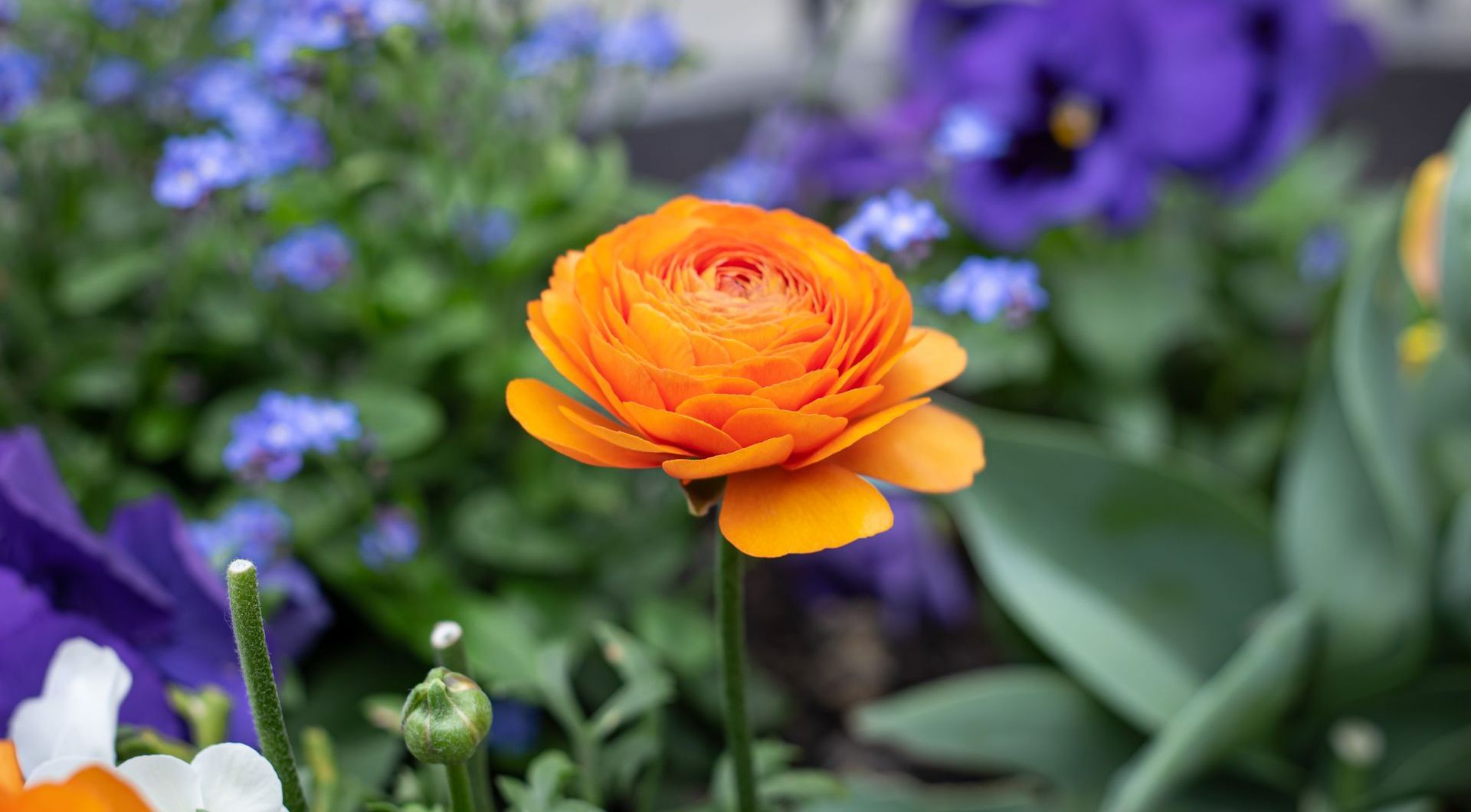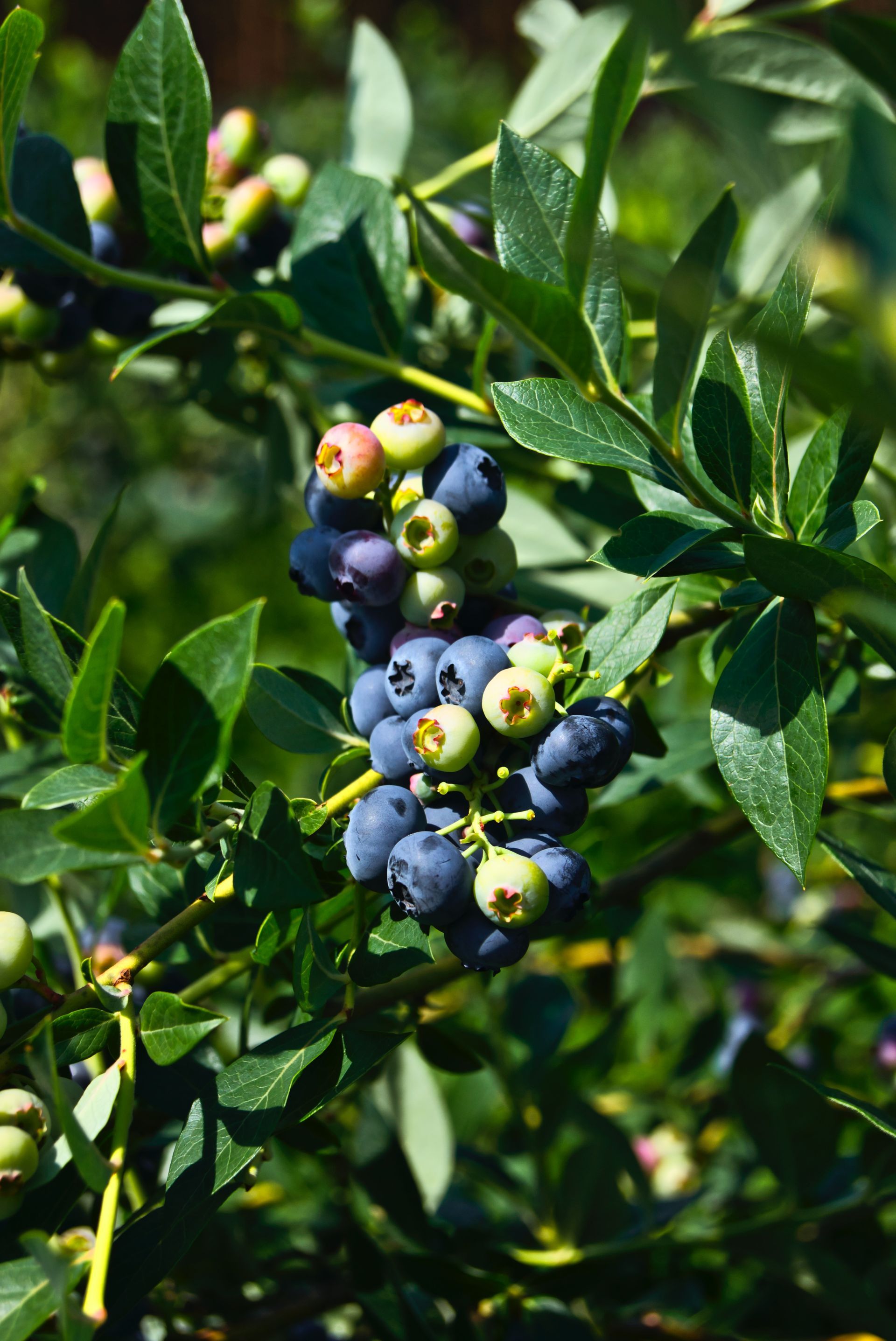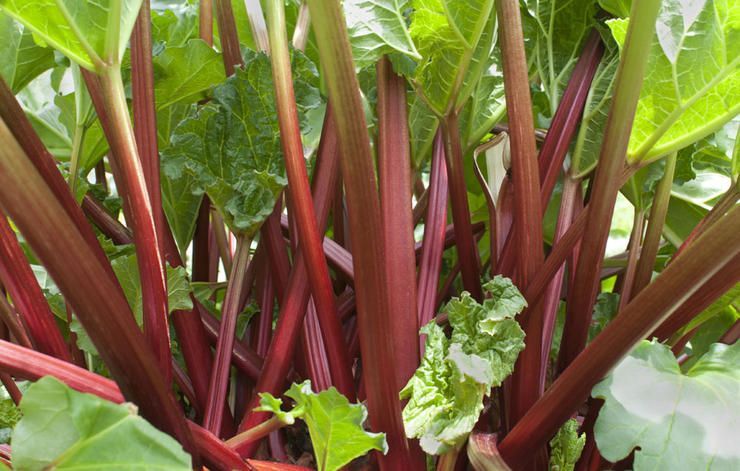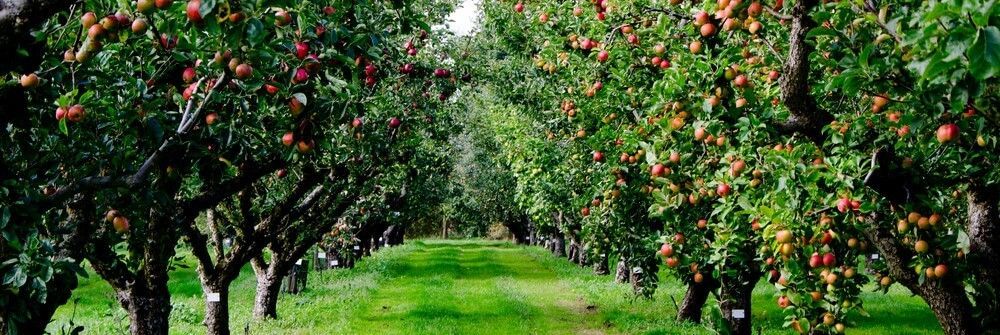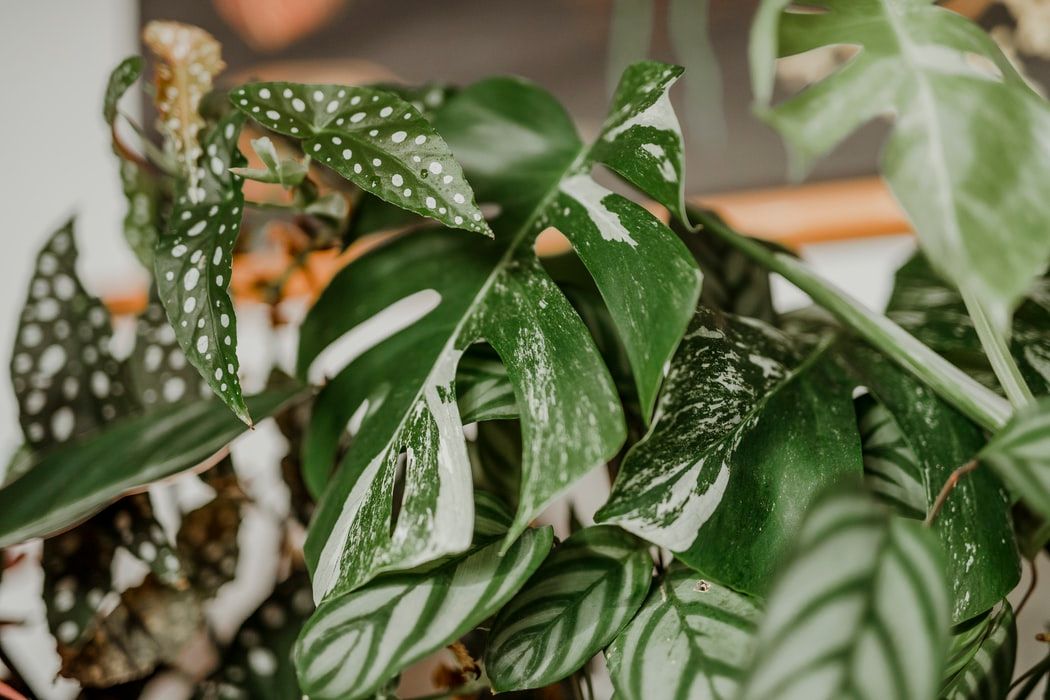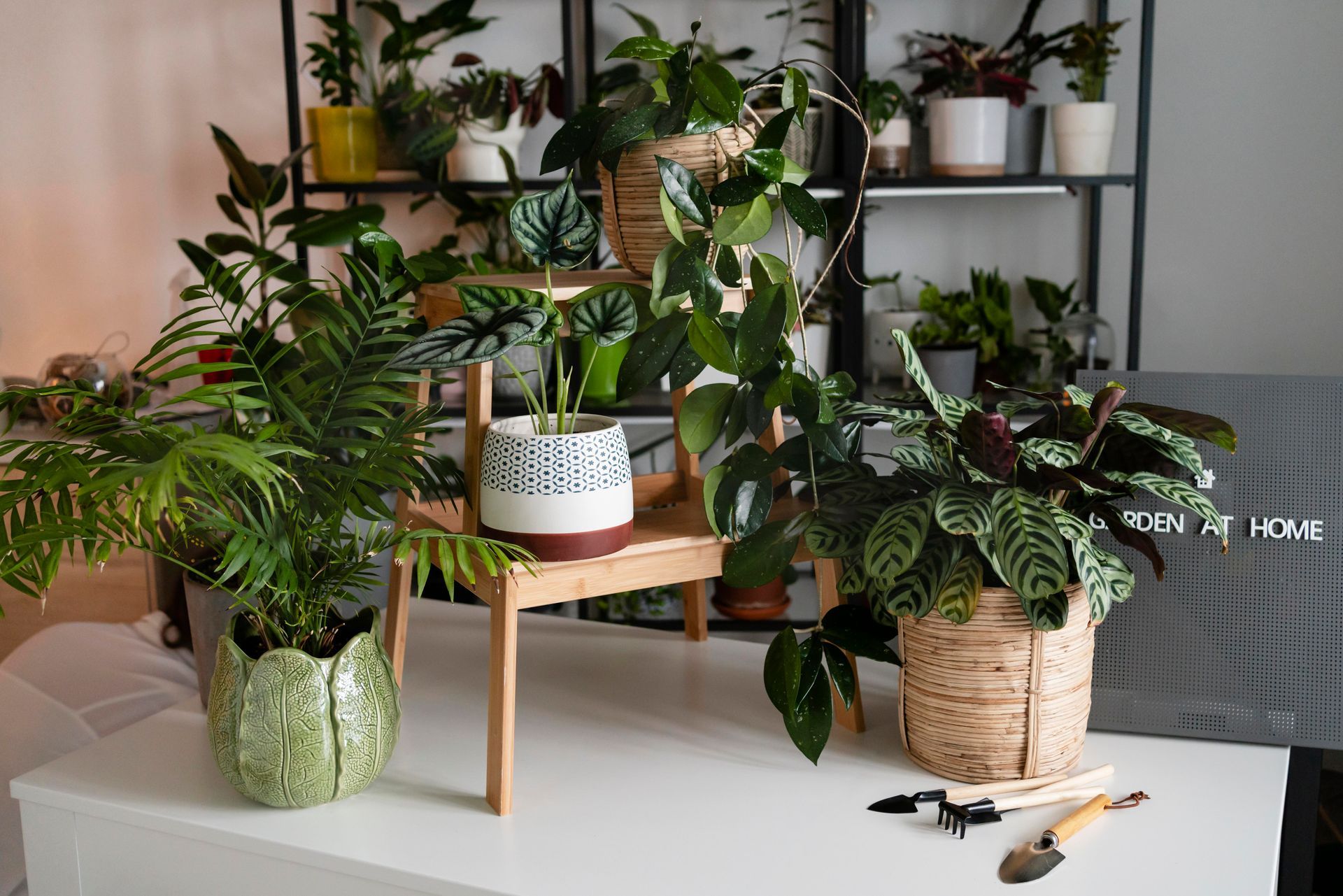Winter is a great time to prune some of your deciduous fruit trees, berries, fruiting bushes and productive vines.
Sharp and clean tools are essential for causing minimal damage to your fruiting plants. Before you begin any pruning wipe down cutting implement blades with Metholated Spirits or a 10% solution of Bleach. Repeat this process of cleaning your blades in between pruning each tree to ensure no transfer of any virus that may be present.
Stone fruit, ie; Cherries, Apricots, Peaches, Nectarines and Kiwi Fruit should not be pruned in winter as they are prone to many water borne diseases that enter via open cuts when sap flow is low. These trees should be pruned immediately after fruiting in summer when sap flow is high and wounds heal quickly.
Now is the time to prune and shape your Apple, Pear, Quince and Nut trees. The vase shape method of pruning is suitable for all fruit trees - the final shape should resemble a wide angled, open centred goblet (see below).
The aim is to select three or four branches at least 50cm above the ground and each pointing in a different direction. These will become the main leaders of the future tree and will be subdivided again in later years to form sub leaders. Choose the best side branches and cut the main stem back to above the level of the highest side branch selected. Prune the outside shoots to an outside bud all at about the same level. If your tree is young and doesn’t have enough side branches, cut the main stem back to approximately 1m and select suitable branches the next year. This is a better option than using inferior branches.
During the early years of the tree’s life, it is important to develop a framework that is sufficiently strong and capable of bearing the weight of crops borne.
Be sure to remove any decaying fruit, leaves and your pruned branches as these harbor overwintering pests and disease.
PEST CONTROL
Winter is an important time to clean up fruit trees to prevent problems during the season ahead.
Lime Sulphur sprayed liberally on all deciduous fruit trees is fantastic for the control of over-wintering pest and diseases.
Copper Spray is best applied in late winter/early spring just as your trees begin to awaken from their slumber. Copper Spray will prevent stone fruit diseases such as Leaf Curl, Shot Hole and Mildew on newly emerging foliage. Timing of applying Copper Spray is important and the 1st spray should be applied as the buds begin to swell. The 2nd spray will need to applied when 80% of your flowers have dropped their petals and begun to set fruit. In Tasmania, due to our damp and humid weather in spring, trees will often require follow up spraying at fortnightly intervals until the weather dries.
Monitor your trees for early signs of disease and remember - it's never too late to spray - as disease will spread to new leaves as they emerge.

